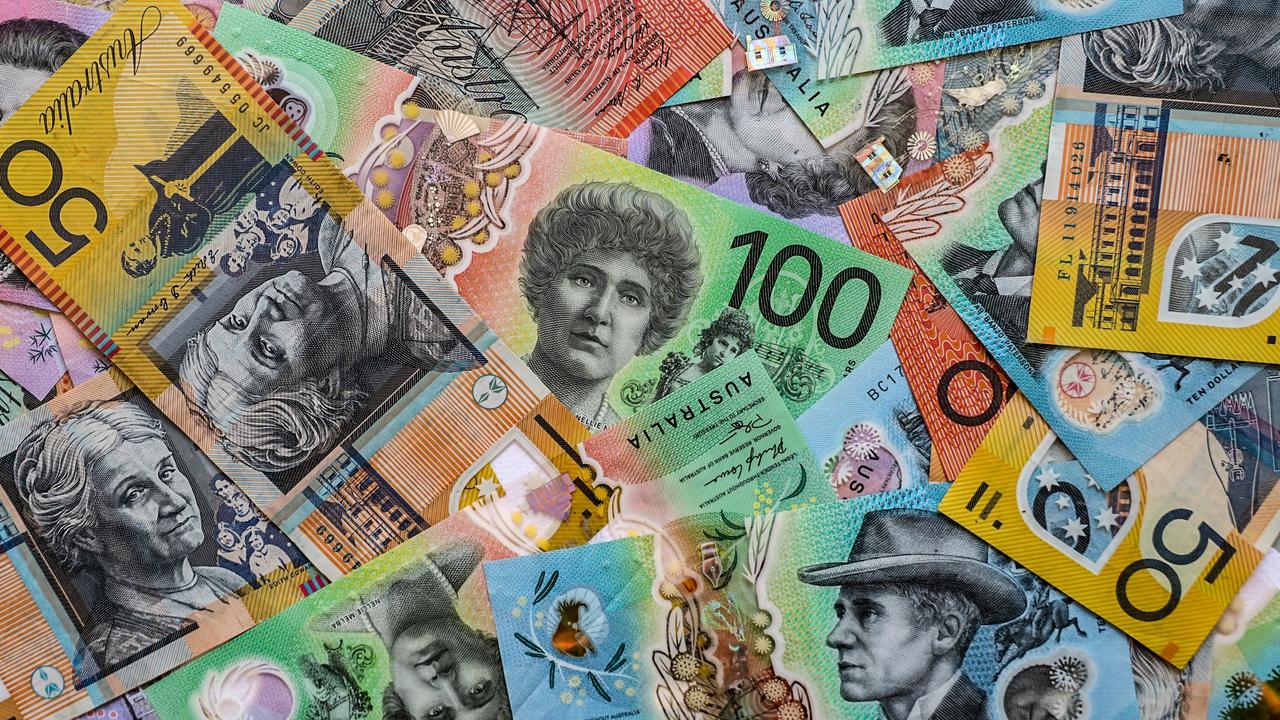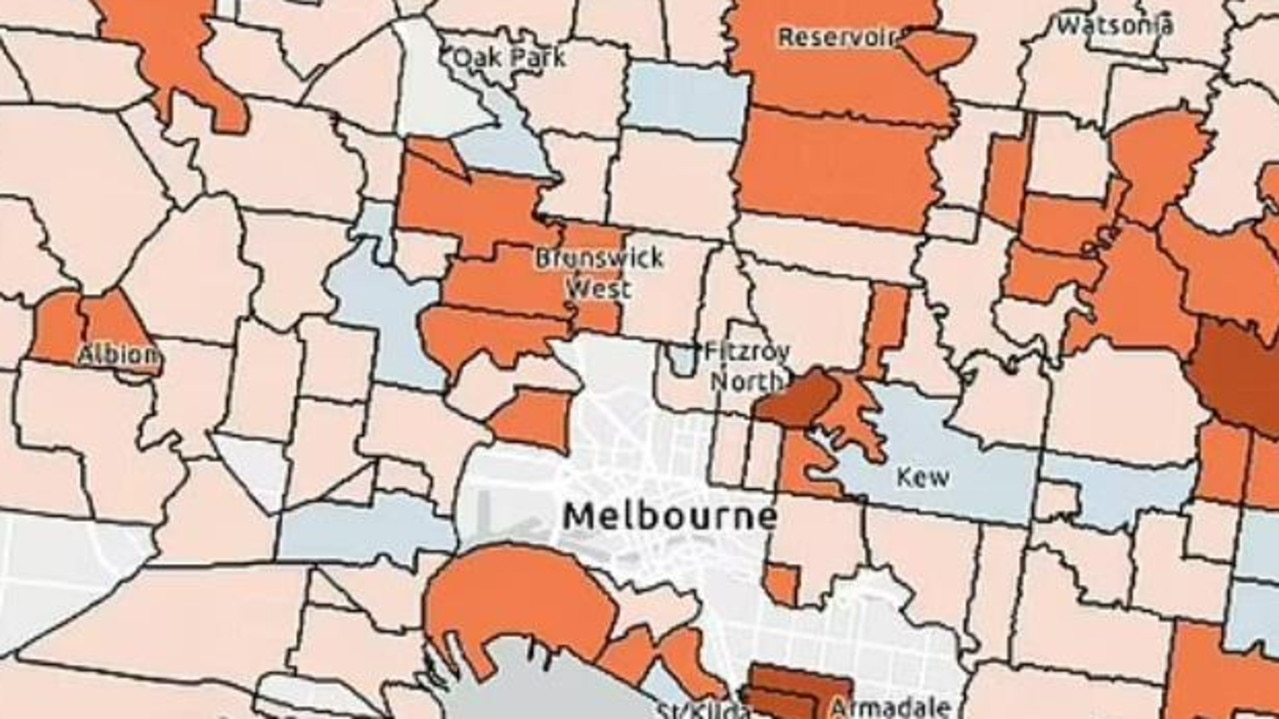Aussie share market hits 7-week high after US Federal Reserve cuts interest rates again
The Australian share market has opened sharply higher as investors deal with the implications of the US central bank’s rate cut and jobs figures reveal the state of the nation’s unemplyment.
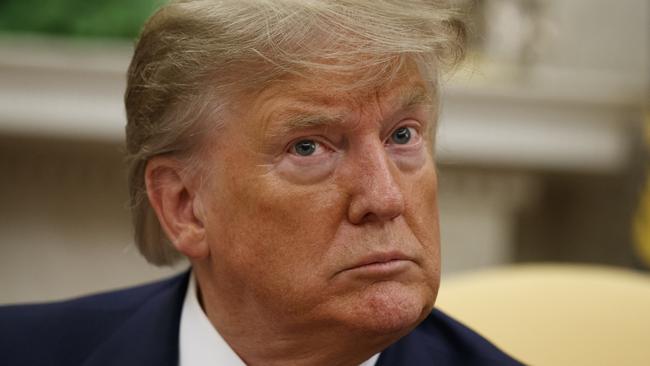
Interest Rates
Don't miss out on the headlines from Interest Rates. Followed categories will be added to My News.
The Australian share market has opened sharply higher as investors digest the implications of the US central bank’s rate cut.
The nation’s jobless rate is up 0.1 per cent to 5.3 per cent, figures released by the Australian Bureau of Statistics at 11.30 am today have revealed.
The benchmark S&P/ASX200 index was up 59.4 points, or 0.89 per cent, to 6,741.0 points at 10.30am AEST this morning, while the broader All Ordinaries was up 56.7 points, or 0.83 per cent, to 6,847.9 points.
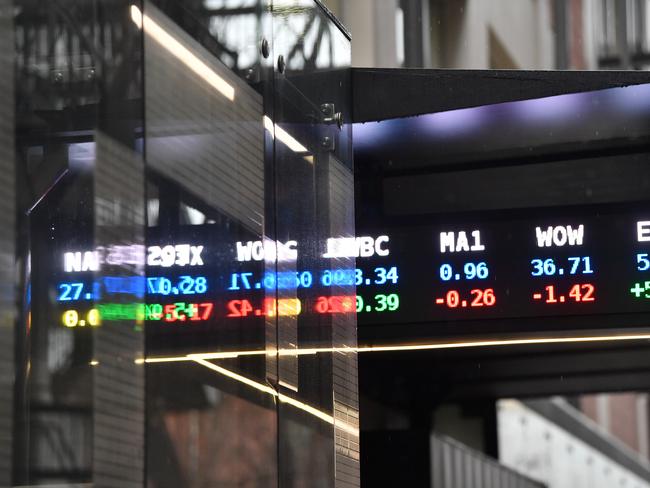
The benchmark S&P/ASX 200 has climbed 18.4 points, or 0.3 per cent, to 6700, leaving it at the highest level since August 5.
Utilities and industrial shares led gains in the first half hour of trade, both adding 1.53 per cent, as every sector started the day in positive territory. AGL rose 1.49 per cent to $19.07 and APA was up 1.76 per cent to $11.56. Brambles was up 2.13 per cent to $11.50, while Qantas rose 1.04 per cent to $6.345.
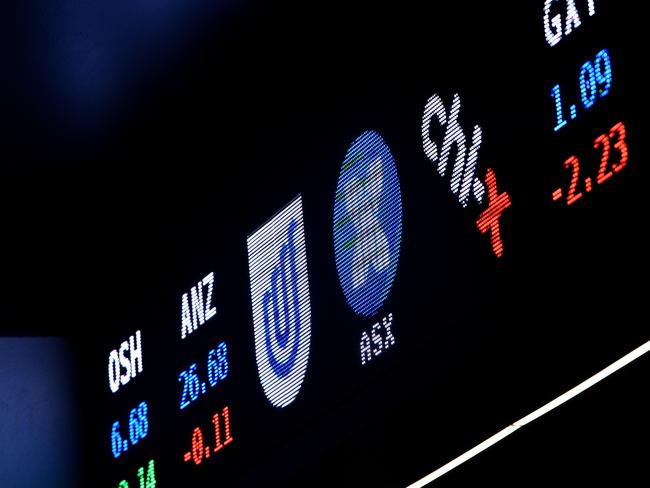
Mining giant BHP was up 0.42 per cent to $37.95, Rio Tinto was up 0.83 per cent to $93.69, and Fortescue Metals was up 0.55 per cent to $9.15. The big four banks were all higher, with ANZ up 1.26 per cent to $28.04, Commonwealth up 1.05 per cent to $82.60, NAB up 1.17 per cent to $29.49, and Westpac up 1.22 per cent to $29.90.
Bendigo and Adelaide Bank was up 0.97 per cent, Bank of Queensland was up 1.36 per cent and Macquarie Group was up 1.34 per cent.
On Wall Street overnight, the Dow Jones Industrial Average finished up 0.13 per cent, the S&P 500 was up 0.03 per cent and the tech-heavy Nasdaq Composite was down 0.11 per cent.
The moves came after the US Federal Reserve lowered its benchmark overnight lending rate by a quarter of a percentage point, as expected, and chairman Jerome Powell said in a subsequent press conference that the central bank was prepared to be “aggressive” if necessary.
The Aussie dollar is buying 68.19 US cents, down from 68.44 US cents on Wednesday.
Overnight, the US Federal Reserve cut its benchmark interest rate for the second time this year but the policy committee is divided, with three of the 10 voting members dissenting.
The central bank also moved to ease concerns about a cash crunch on financial markets by adjusting its key policy tool to help pump more funds through the financial plumbing.
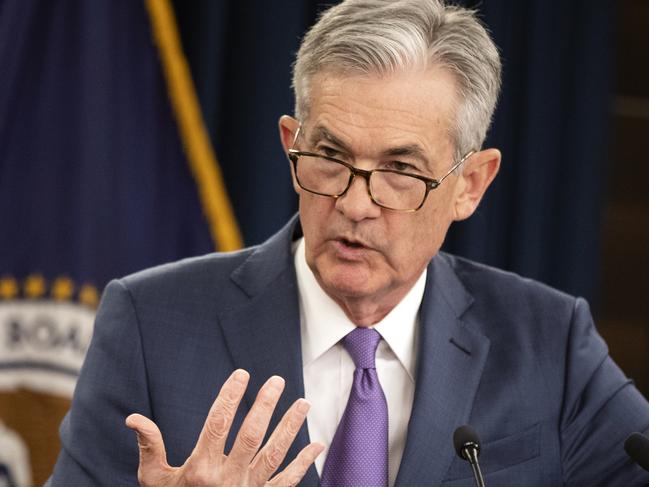
The Fed’s policy-setting Federal Open Market Committee lowered the policy interest rate by 25 basis points to a target range of 1.75 to 2.0 per cent, as expected, and has now pulled back on half of the four interest rate increases in 2018.
“Although household spending has been rising at a strong pace, business fixed investment and exports have weakened,” the FOMC said in a statement.
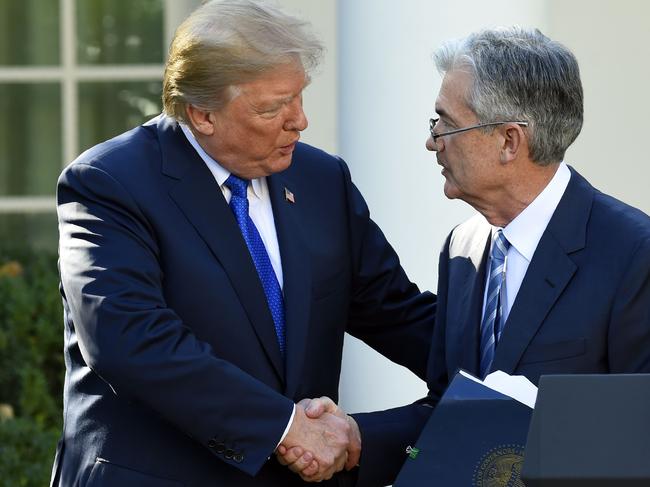
The Fed cuts rates in July, which was its first in more than a decade.
However, US President Donald Trump blasted the Federal Reserve Chair Jerome Powell as a “terrible communicator,” after the US central bank’s rate cut was less generous than what Mr Trump wanted.
“Jay Powell and the Federal Reserve Fail Again,” the president tweeted. “No ‘guts,’ no sense, no vision!”
Jay Powell and the Federal Reserve Fail Again. No “guts,†no sense, no vision! A terrible communicator!
— Donald J. Trump (@realDonaldTrump) September 18, 2019
The president has wanted the federal funds rate to be near-zero, rather than the range of 1.75 per cent to 2 per cent set by the Fed.
Mr Trump has remarked that other countries such as Germany have an advantage because their interest rates are negative, even though negative rates are a sign that those economies are in a recession and may struggle to grow in the longer term.
While officials continue to believe the most likely outcome is for the economy to continue to grow and inflation to gradually increase, “uncertainties about this outlook remain.”
Mr Powell and other Fed officials frequently have cited the uncertainty generated by Mr Trump’s trade war with China which is hanging over the economy.
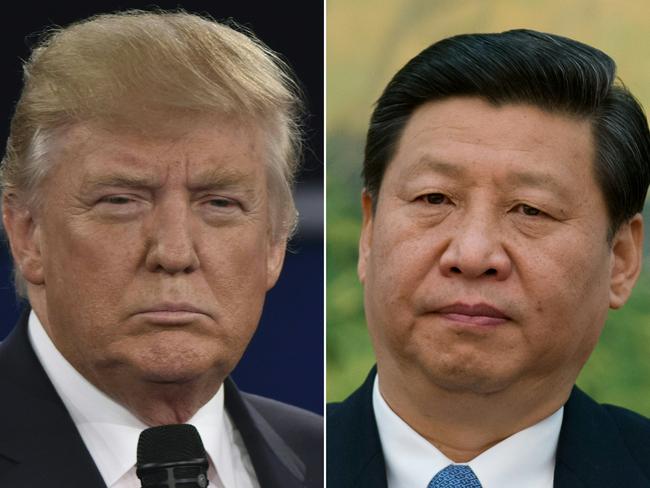
The Fed also cut the interest it pays to banks on cash reserves above the required level by 30 basis points to 1.8 per cent, in a bid to push more cash into markets.
A cash shortage in recent days prompted the New York Fed on Tuesday and Wednesday to pump $US128 billion in funds into the short-term market as interest rates soared and threatened to break out of the Fed’s target range.
One member of the Fed wanted an even steeper rate cut, while two others opposed cutting rates.
The Fed’s quarterly economic forecast also reflects the division among central bankers, as the median forecast calls for no further rate increases through the end of 2020 — holding at 1.9 per cent down from 2.4 per cent in the June forecasts.
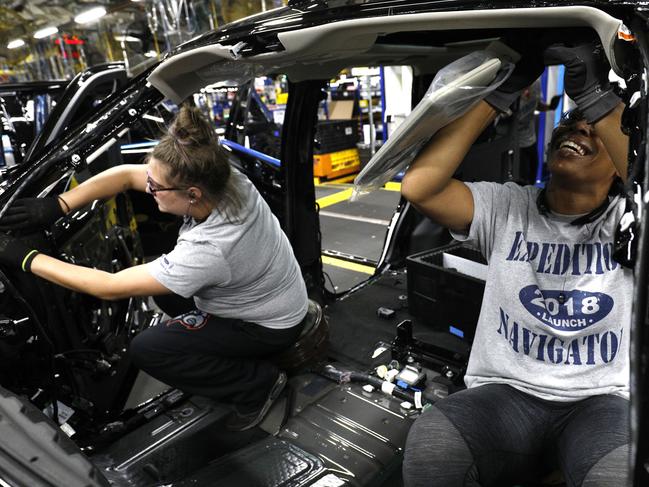
That contradicts most private economists who expect the central bank will feel the need to provide at least one more reduction in interest rates in 2019.
But it reflects the fact that five members expect or prefer a rate hike, five see no change, and seven forecast or want to see another rate cut.
And that division comes even as the median forecasts for growth an unemployment are about steady, with inflation gradually rising to the Fed’s target of two per cent.
Originally published as Aussie share market hits 7-week high after US Federal Reserve cuts interest rates again

